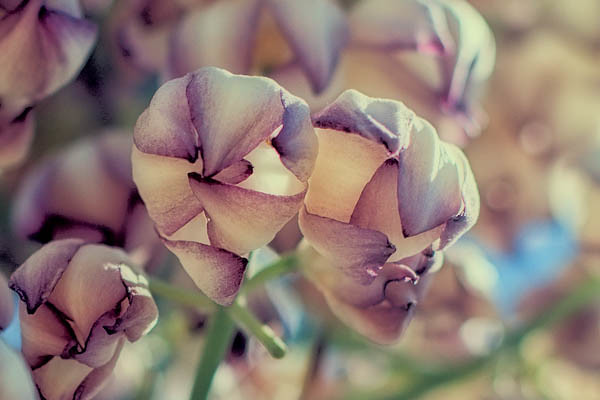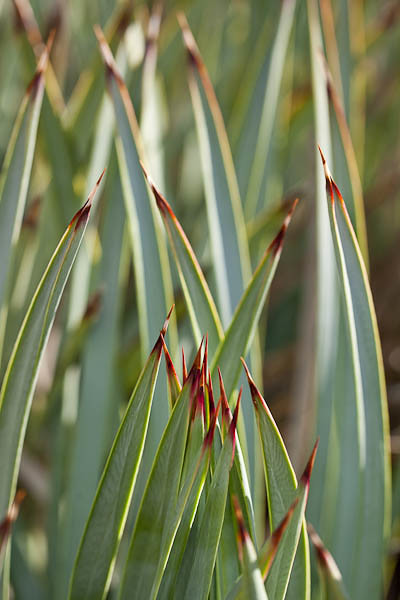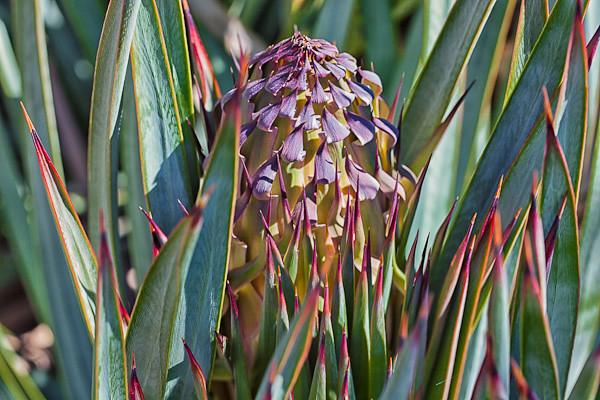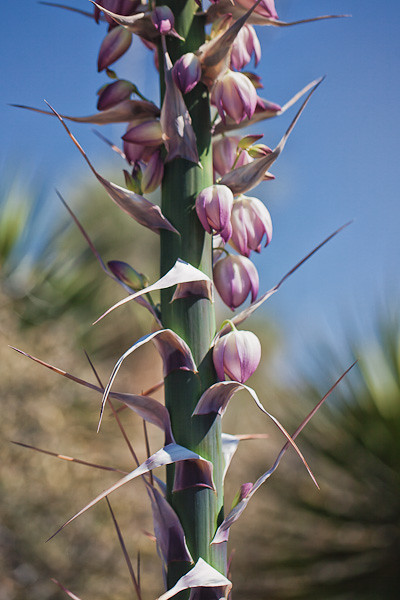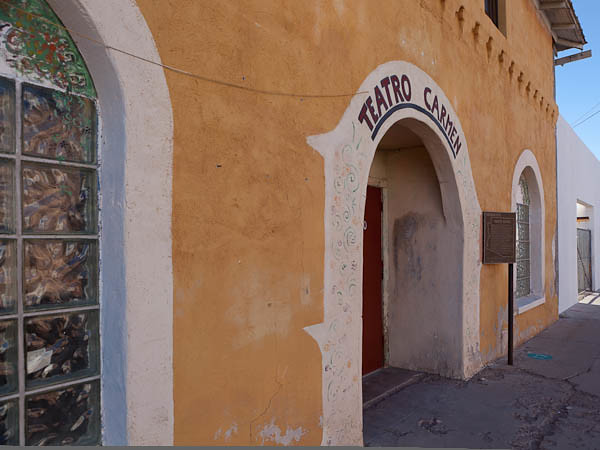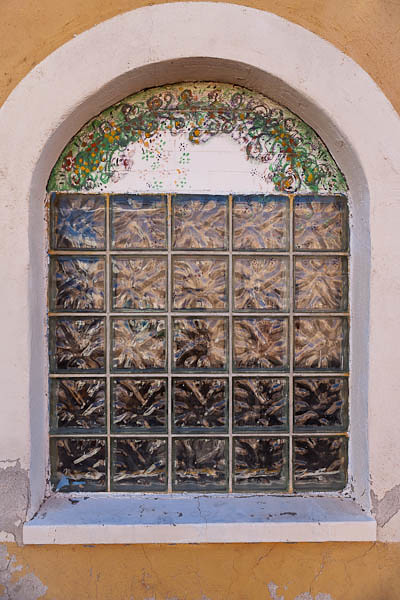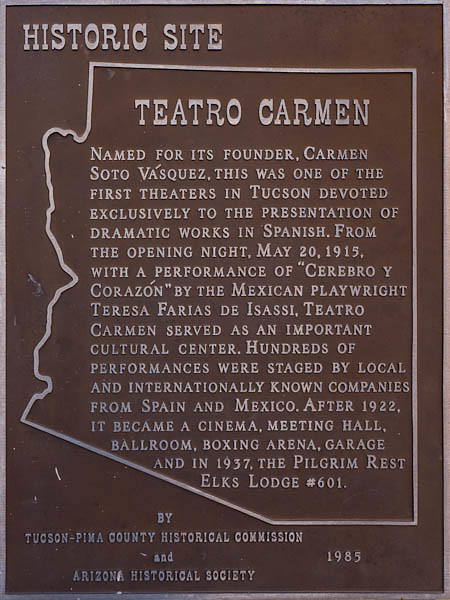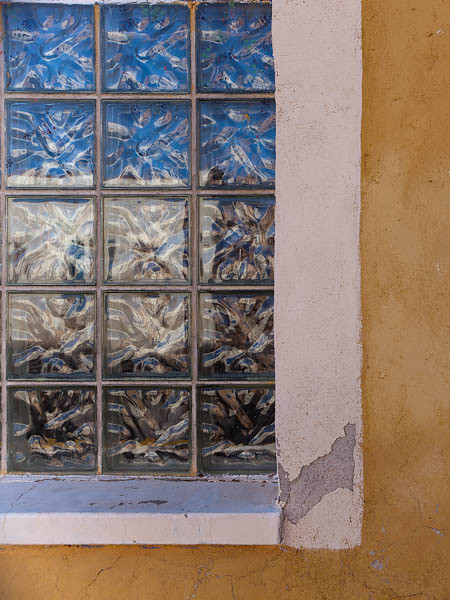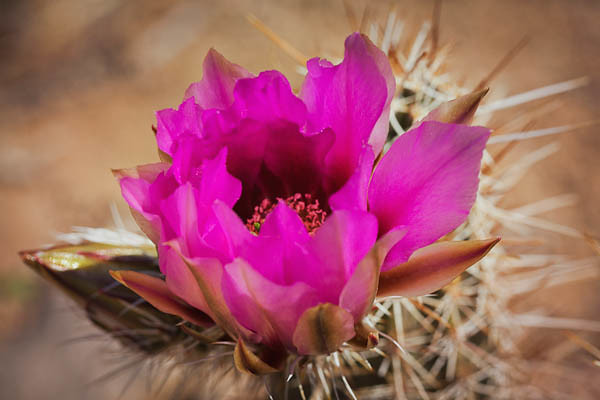This lovely agave, known as the Desert Agave, is also sometimes called the “century plant”. It may have seemed like a century between flowerings to the ones who originally named it, but in practice it flowers after 8 – 20 years. Although all the flowering plants die, the plants also send out offshoots of non-flowering rosettes that remain alive, ready to flower in another year. The leaves of the rosettes are armed with stiff terminal spines, not to be fooled with, though hummingbirds seem quite attracted to the flowers.
The Desert Agave is one of the more drought-tolerant of the more than 130 species of agave found in north America. It typically grows on gravely earth from south-eastern California and south-western Arizona to Baja, California and northern regions of the state of Sonora, Mexico.
The core of the plant was baked in rock-lined pits by desert-dwelling Indians to form a nutritious energy-rich staple food. Baked agave is still available in Mexican markets. I’d love to taste it.
—————
Bo Mackison is a photographer and owner of Seeded Earth Studio LLC, living and photographing in southern Arizona. She is grateful for the opportunity to see the diversity and beauty of the Sonoran Desert and its amazing plants.

